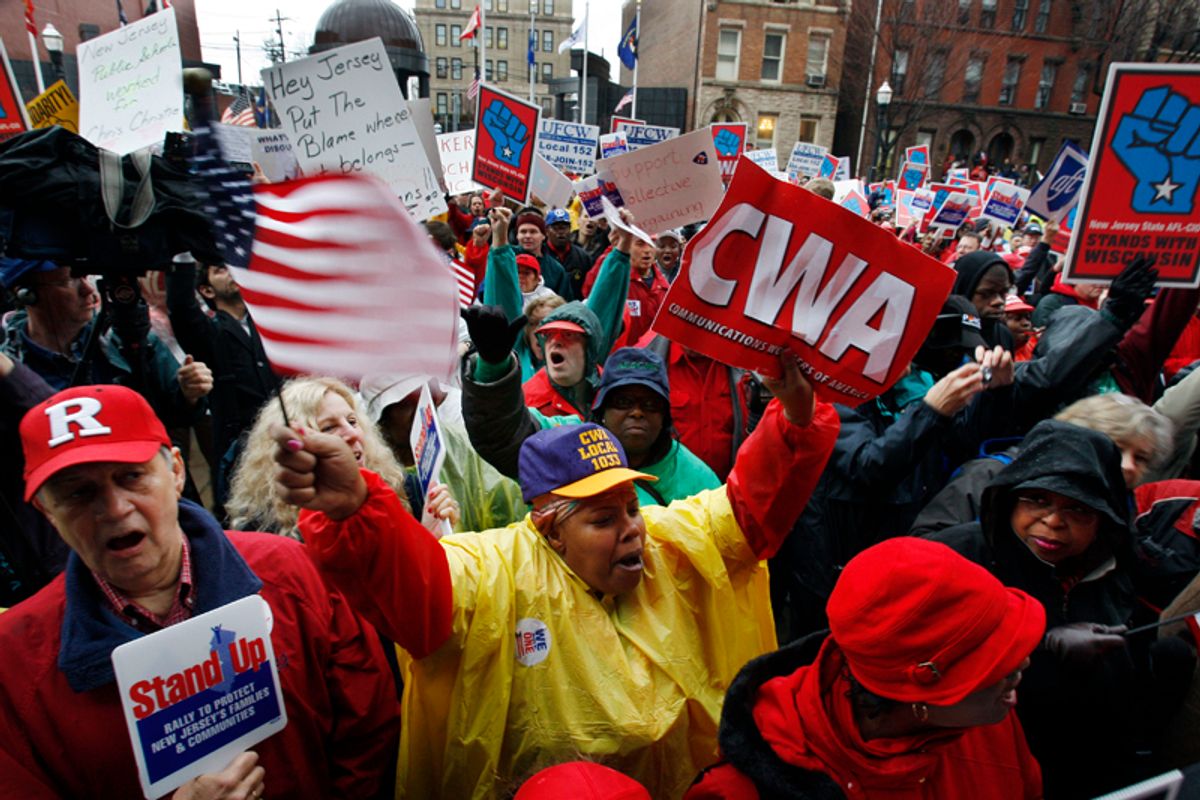Elected officials are still taking heat for their recent decision to award nearly $1 billion in public benefits for a luxury real estate project on the old industrial waterfront. Lawmakers were further embarrassed in July when it emerged that one of the immediate results of the award is to kill roughly 100 of the few remaining unionized manufacturing jobs in a city still reeling from the 2015 uprisings against police killings.
Workers at the Locke Insulators plant were “stunned” July 10 to learn that corporate managers intended to close the factory and eliminate their jobs, says Dennis Orton, a representative of the United Electrical (UE) union. Without consulting workers, union representatives or community leaders, the company filed a legally required notice that it would shutter the plant permanently in just 60 days, Orton reports.
The Locke scenario contains echoes of the Sparrows Point disaster, Baltimore’s prime symbol of slow, painful deindustrialization, says Mark Reutter, a journalist and author of a history of the giant steel plant. The owners of Sparrows Point declared bankruptcy in 2001, beginning an agonizing process that eliminated some 20,000 jobs before the steel works were finally demolished in 2015. Sparrows Point, like Locke, was a victim of “absentee owners keen to cash out” and “short-sighted (local) officials who can’t seem to see a future for their own city,” comments Reutter.
In the case of Locke, the absentee owner is a thriving multinational corporation based in Japan called NGK Insulators Ltd. It employs more than 17,000 people worldwide with factories in Asia, Europe and North America. The insulators and other products it manufactures are sold to electric utilities, automakers and other industrial businesses globally. In a May press release, the company boasted about investing in new manufacturing facilities—not in Baltimore—and expanding into the growing semiconductor industry.
Locke had been a subsidiary of U.S.-based General Electric until 1974 when it was bought by NGK, and GE was the main customer for the insulators made in Baltimore, according to UE’s Orton. Production at the plant has already ceased, he says, so the union’s hopes of saving the jobs are getting no encouragement from the Japanese or U.S. managers. Orton comments that many workers suspect that the shutdown had been arranged long ago by GE, which has been eager in recent years to outsource more manufacturing to cheap labor sources in Asia.
As for the union members on the production line, “they are just stunned . . . They were caught completely off guard,” says Orton. The union had negotiated a new three-year contract just last year, he says, and that created a sense of security. At a union membership meeting Aug. 5, the scene was “very emotional . . . there was some outrage,” he says.
“People are prepared to fight back,” Orton insists, but powerful allies may be in short supply. Anthony McCarthy, press secretary for Mayor Catherine Pugh, tells In These Times, “there is very little the mayor can do.” They mayor’s office has offered its “services” to displaced workers, McCarthy says, but there is no city effort underway to actually save the jobs.
Inquires directed to NGK headquarters in Nagoya were referred to Ray Weiss, a local press agent here. In an email, Weiss stated, “We are not at liberty to discuss anything further.”
Meanwhile, the groundbreaking on Plank’s redevelopment project has been postponed. “Plank’s first promise to the city was that they would break ground this summer. He’s already broken his first promise,” Reutter comments. “I think he’s a lot like Trump.”
The 84 manufacturing jobs at Locke are certain to confirm the downward trend in manufacturing jobs in Baltimore charted by the federal Bureau of Labor Statistics. The bureau calculates there are only about 10,000 manufacturing jobs left inside the Baltimore city limits, or less than 4 percent of the total jobs.
Although the union workers at Locke are a racially mixed group, deindustrialization has fallen especially hard on the African-American community. Just last year the Alliance of American Manufacturing published a study detailing the disproportionate impact on black communities, citing Baltimore as one of the prime examples—alongside Flint, Mich. and Youngstown, Ohio.
“The deindustrialization of Baltimore is pretty much complete now,” laments Reutter.




Shares